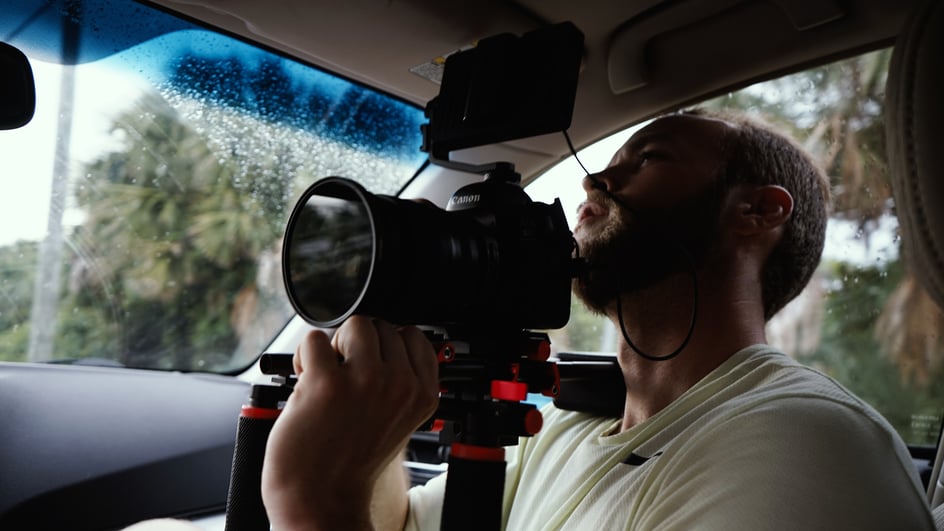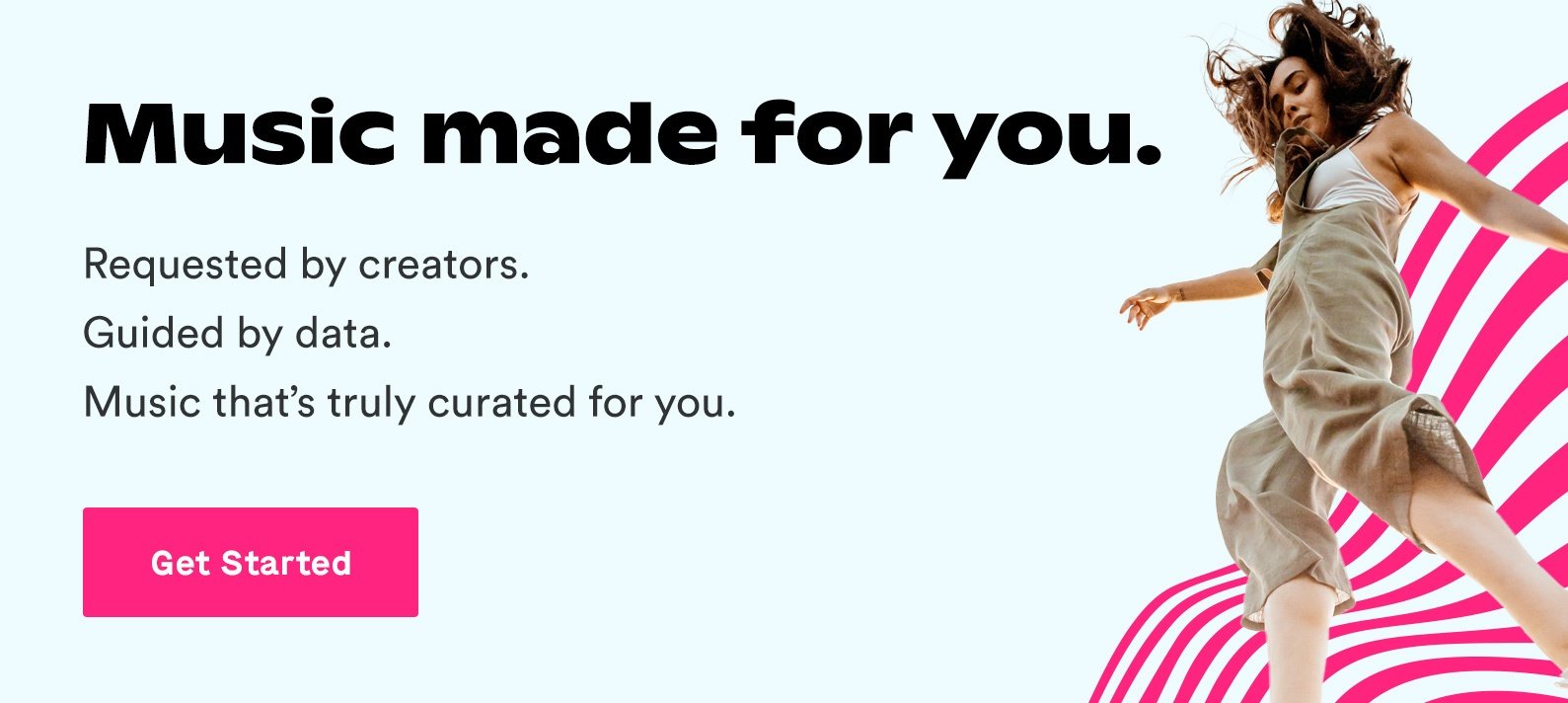
Jan 4, 2021
Documentarians strike a collaborative balance between presenting the facts and creating a visually compelling film.
Leading up to post-production, creators like yourself conduct intensive research, interviews, and capture the right footage with the best camera gear.
Each step of this process is just as important as the last.
Without thorough research, your documentary loses believability. Without preparation, you miss the opportunity to hit on all of the main points during the interviews. And if you don’t account for b-roll footage, archival footage, and stock video, the final edit may come across as incomplete to the audience.
There are many ways to tell a story, and a documentary is no exception.
To emphasize the mood and tone of the film through powerful images, you might opt for a poetic documentary — and maybe break a few linear continuity rules in the process.
If the best approach is to personally engage with your interviewees, you might try your hand at an interactive documentary. Or if you want to act as a fly on the wall, making an observational documentary allows you to take an unobtrusive approach.
For any type of documentary, it’s critical that the informative and visual elements come together effectively. A great way to achieve this is to optimize the way you share information in the lower thirds of your film.
This guide breaks down everything you need to know about the lower thirds and examines how other documentarians use this space to better engage the audience.
An Intro the the Lower Thirds
Even if you don’t recognize the name, you’re likely more familiar with the lower thirds than you think.
Whenever you watch an interview or a news broadcast, the lower third is the text and/or graphics that occupy the space near the bottom of the screen. This text is used to give viewers more context as to what is going on, who is speaking, and the time and place.
For this reason, lower thirds have become signature features in documentaries.
The Components of a Documentary's Lower Thirds
Before you use templates and editing software to create your own lower third, it’s important to understand the specific components that you’ll be working with. These core elements include color, typography, size and position, animation style, and shapes and logos.
Color
To take a note from color theorists, it’s important to consider color selection in the design of the lower thirds.
Colors can trigger different psychological and emotional responses in film — but because the lower third takes up a small portion of the screen, you run less of a risk of overwhelming the audience with color. Or eliciting a negative emotional response.
Accents of color can be extremely complimentary on-screen, but try to anticipate whether the colors will clash with the documentary footage. The last thing you want is to discover that the lower thirds is too faint to be visible or too distracting for the audience.
Typography
In the lower third, clarity of information is a top priority. One of the best strategies for making sure that the audience is clued into what is happening on-screen is to use an easily readable font.
For this reason, many documentarians opt for a simple sans serif font. The fonts Bebas Neue, Lato, Code, and Futura LT are dependable choices.
Size and Position
While the lower thirds in a news broadcast typically take up the entire lower portion of the screen, this isn’t the best approach for a documentary. As a general rule, the lower thirds should occupy a limited space near the bottom of the screen.
That being said, it’s important that the lower third isn’t so small that the information is illegible.
To make a detailed lower third more compact and less distracting, you can arrange the text in a two, three, or four line layout. Take this lower third from The Social Dilemma (2020) as an example:
Animation Style
Not every documentarian chooses to animate the lower third, but you always have the option to do so. With a software like Adobe After Effects, you can animate text or logos to transition on and off-screen.
The key here is to use an animation style that is discreet and less likely to draw the audience’s attention away from the footage.
Shapes and Logos
Shapes and logos aren’t required elements in a lower third, unless you’re working with a company or organization that says otherwise. In this case, a logo is a great way to add a branded touch.
And in a practical sense, using shapes can help block in the text and improve visibility.
How Other Documentarians Use the Lower Thirds
The Social Dilemma (2020)
This documentary-drama hybrid uses the lower third to introduce the professionals who are being interviewed in the film.
In this clip, the lower thirds is characterized by a sans serif font, minimal color use, and shapes. The text is arranged in a four line layout to give the audience information on each interviewee’s professional background.
For Guillaume Chaslot, the documentarians chose to frame the words “YouTube,” “IntuitiveAI,” and “AlgoTransparency” with shapes to draw the audience’s attention to these words. In this way, the lower third is used to show the interviewee’s authority on the topic.
Becoming (2020)
Unlike the previous example, this clip from Becoming offers viewers a glimpse into Michelle Obama’s life. Because the documentarians take an observational approach, the audience also takes a fly on the wall perspective — watching as the former First Lady interacts with her family.
Only one lower third is included at the opening of this clip when Kelly Robinson is introduced, and this lower third is extremely simple with a white sans serif font — no shapes or logos are featured.
Optimizing the Lower Thirds in Your Own Documentary
The Social Dilemma and Becoming demonstrate how documentarians take varying approaches to sharing information and formatting the lower thirds. Even still, the type of information included in the lower thirds is typically the same across the board.
If you want to make the lower thirds simple or stylized, you can find a template that is compatible with the editing software you currently use — i.e., Final Cut Pro, After Effects, Photoshop, Premiere Pro, etc.
Whether taking on a documentary project for the first time or the tenth time, you can easily find lower thirds templates or design your own.
When you understand how the lower thirds function with your footage, you’re able to enhance the informative and creative strength of your documentary.
